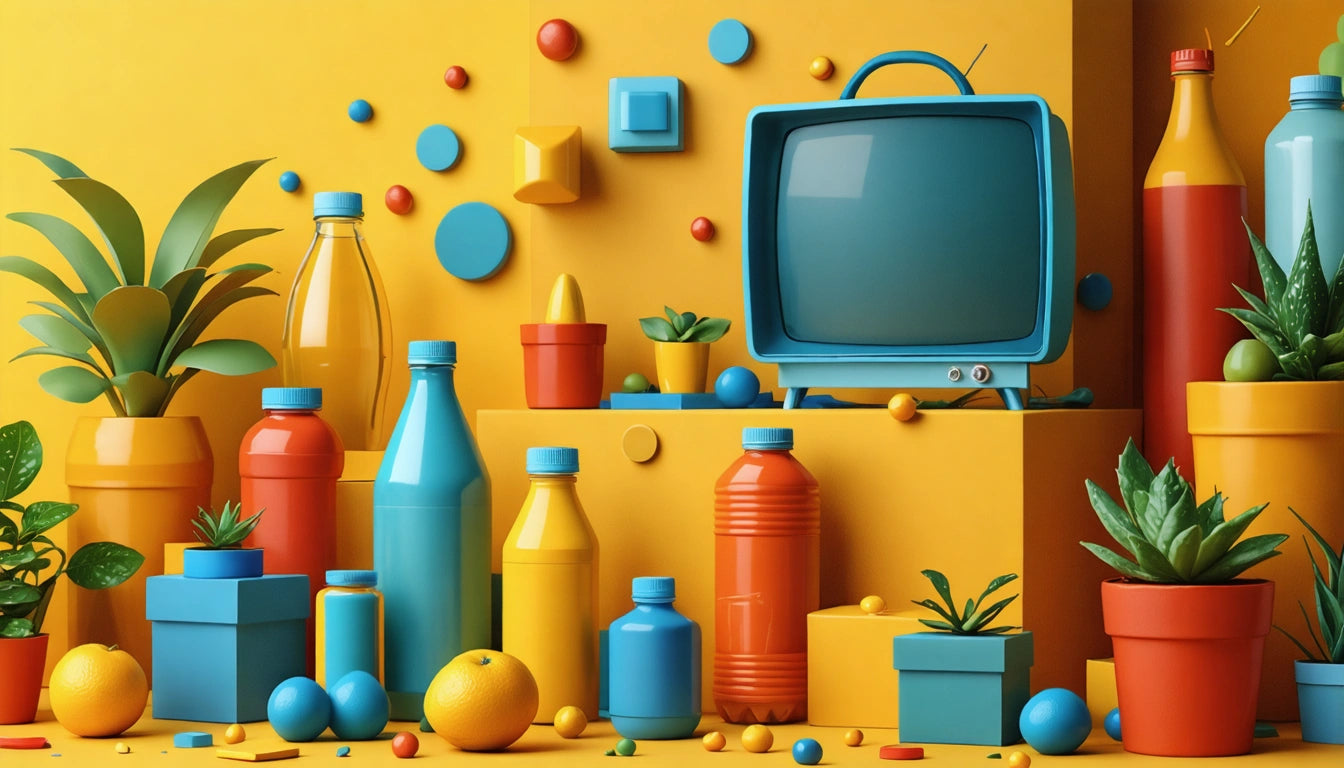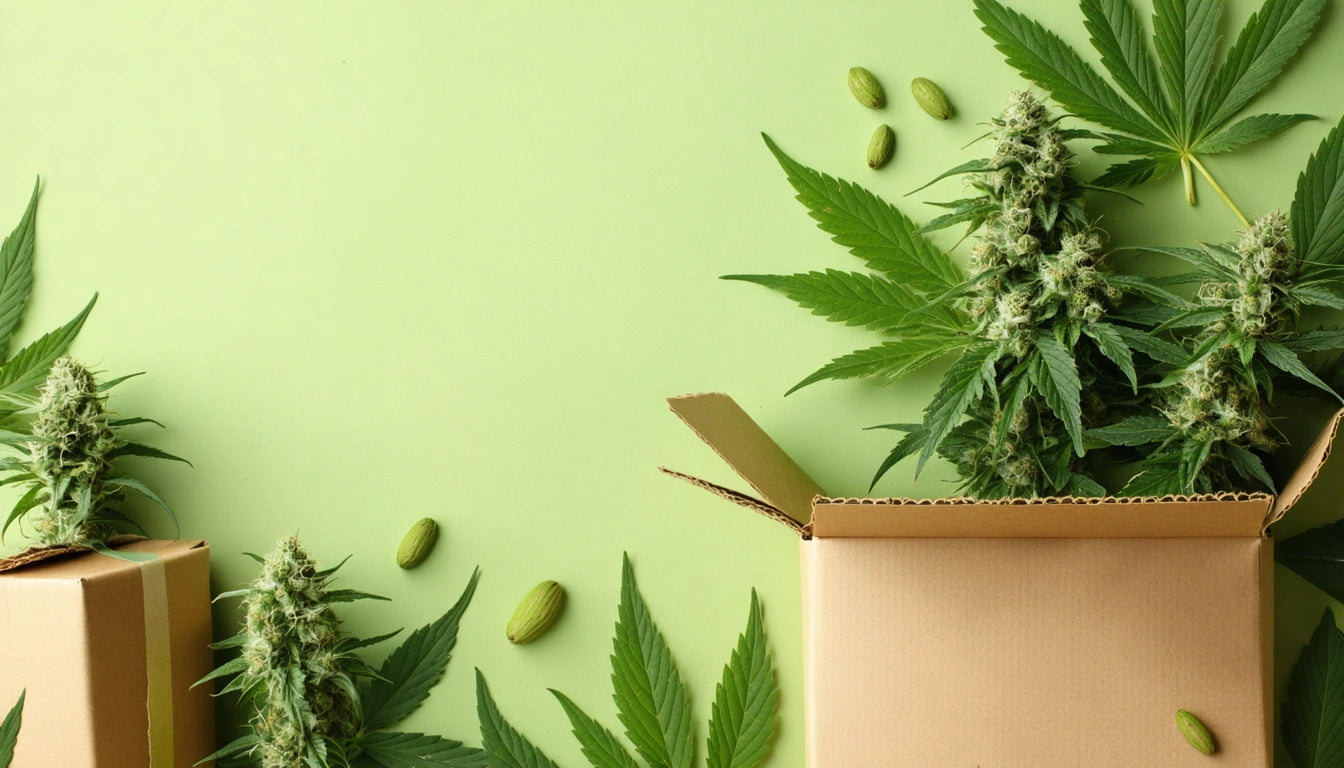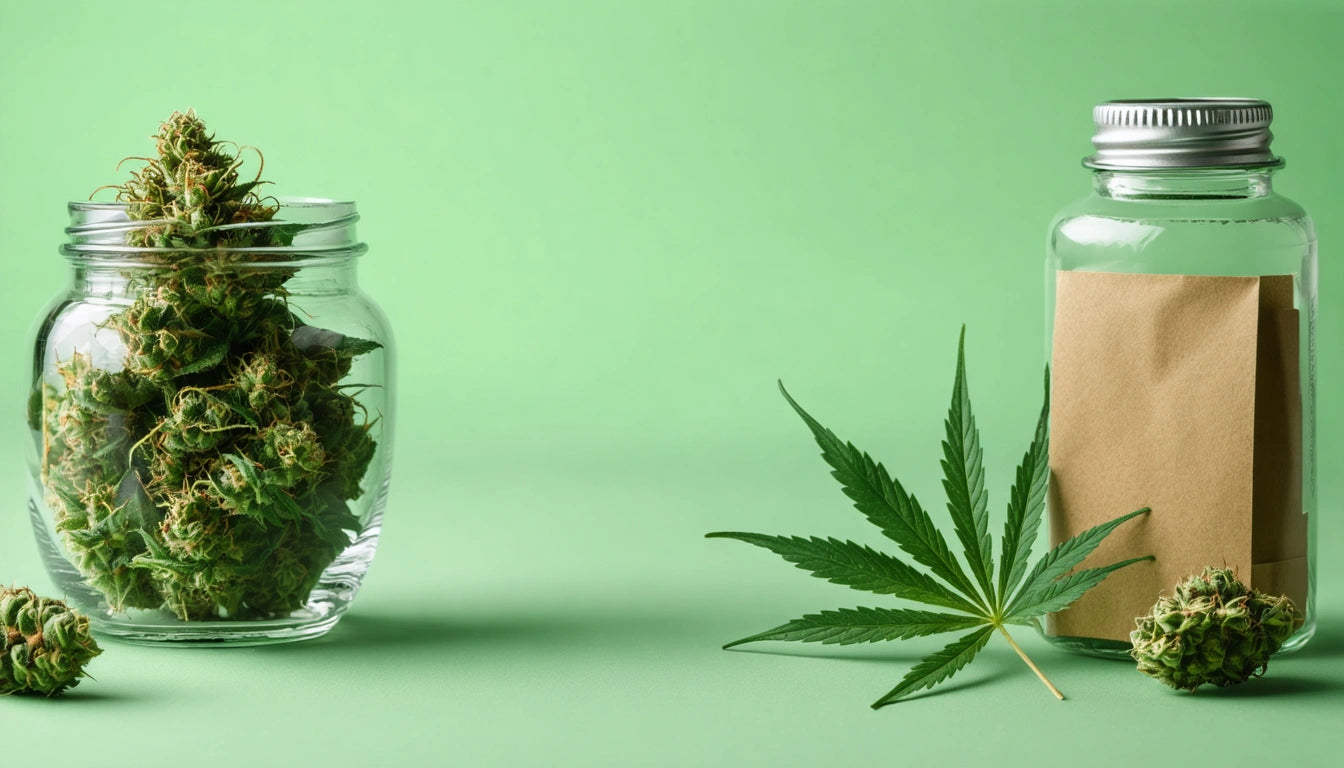Table of Contents
The Psychology of Color in Retail Packaging
Color is one of the most powerful tools in retail packaging design, influencing consumer perception, emotional response, and purchasing decisions. Research shows that consumers make subconscious judgments about products within 90 seconds of initial viewing, and up to 90% of that assessment is based on color alone. Understanding the psychology of color gives brands a significant competitive advantage in crowded retail environments.
Color Psychology Fundamentals in Packaging
Color psychology in packaging operates on both conscious and subconscious levels. The psychology of color in retail packaging reveals that consumers process visual information before text, making color the first element that communicates brand values and product attributes.
Primary colors create immediate visual impact, while secondary and tertiary colors allow for more nuanced emotional connections. The saturation and brightness of colors also affect perception, with vibrant hues suggesting energy and muted tones conveying sophistication or naturalness.
Emotional Responses to Different Colors
Red: Excitement and Urgency
Red packaging creates a sense of urgency and excitement. It's frequently used for impulse purchases and sale items because it increases heart rate and creates a feeling of immediacy. Food brands often use red to stimulate appetite, while luxury brands might use deeper burgundy tones to suggest richness.
Blue: Trust and Reliability
Blue communicates trustworthiness, security, and dependability. It's commonly used for financial products, technology, and healthcare items. Lighter blues suggest freshness and cleanliness, making them popular for dairy products and personal care items.
Green: Health and Sustainability
Green packaging signals health, wellness, and environmental consciousness. Organic food products, eco-friendly goods, and natural supplements frequently leverage green to communicate their values. According to research on dopamine marketing, green can create positive associations with sustainability that trigger reward responses in consumers.
Demographic Considerations in Color Selection
Color preferences vary significantly across demographics, including:
- Age groups (children respond to bright primary colors while older adults prefer more subdued tones)
- Gender (though traditional color associations are evolving)
- Cultural backgrounds (white signifies purity in Western markets but mourning in some Eastern cultures)
- Geographic regions (tropical locations often embrace brighter color palettes)
Successful brands conduct thorough market research to ensure their color choices resonate with target demographics. The psychology behind color choices demonstrates that contextual understanding is crucial for effective color selection.
Brand Consistency Through Color
Color consistency builds brand recognition and trust. When consumers can identify a brand by its signature color alone, it creates powerful mental shortcuts to product attributes and experiences. This phenomenon, known as color association, is why brands protect their specific color formulations as valuable intellectual property.
The unboxing experience also leverages color psychology to create memorable moments. The psychology of unboxing reveals that consistent color application across external packaging, internal components, and collateral materials creates a cohesive brand story.
Safety and Compliance Through Color Coding
Beyond marketing psychology, color serves critical safety and compliance functions. Warning colors like bright yellow and orange signal caution, while specific color codes help consumers identify product categories and potential hazards. This is particularly important for products requiring special safety considerations like child-resistant packaging, where color can reinforce the protective nature of the design while maintaining brand identity.
Color coding also helps consumers navigate product variations within a single brand family, differentiating between flavors, strengths, or formulations. This functional use of color reduces consumer confusion while maintaining overall brand cohesion.
Future Trends in Color Psychology for Retail Packaging
The future of color psychology in packaging is evolving with several emerging trends:
Sensory Integration
Brands are increasingly combining color with texture to create multi-sensory experiences. The psychology of texture in packaging design shows that when color and tactile elements work together, they create stronger emotional connections and memorability.
Adaptive and Smart Colors
Technological innovations are enabling packaging with colors that change based on temperature, expiration dates, or consumer interaction. These smart color applications add functional value while creating novel experiences that enhance perceived value, as explored in how packaging enhances perceived value.
Authenticity Through Color
As consumers increasingly value authenticity, brands are moving toward more honest color representations that accurately reflect product attributes rather than idealized versions. This shift toward transparency is particularly evident in natural product categories where color communicates purity and minimal processing.
Understanding and applying color psychology principles in packaging design isn't merely aesthetic, it's a strategic imperative that influences consumer perception, emotional connection, and ultimately, purchasing behavior. By thoughtfully selecting colors that align with brand values, product attributes, and target demographics, companies can create packaging that communicates effectively at both conscious and subconscious levels.











Leave a comment
All comments are moderated before being published.
This site is protected by hCaptcha and the hCaptcha Privacy Policy and Terms of Service apply.